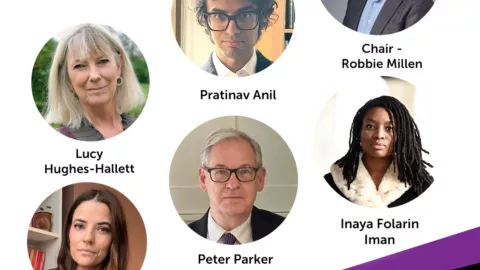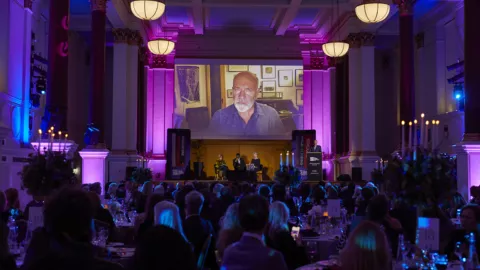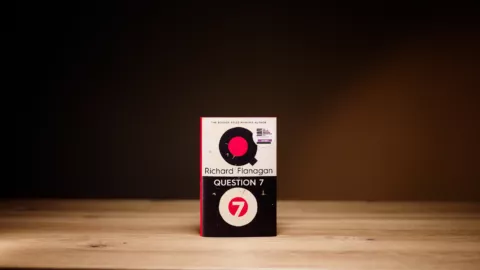
Baillie Gifford Prize for Non-Fiction announces judges for 2025 as submissions open
10 April 2025
How does it feel to be longlisted?
I feel immensely honored to be in the company of such a gifted group of authors, and I am grateful that my own book – the story of a homeless American girl – has found such resonance with readers abroad.
How did you conduct your research?
To tell the multigenerational story of Dasani Coates’ family, I spent nearly a decade conducting two kinds of research: immersive, real-time reporting on the family’s life and investigative research that unearthed for more than 14,000 records detailing the family’s history with the American government. (For greater detail, please see my summary on sources and methods, attached).
My immersion with Dasani’s family took me deep into poverty’s systems, standing in line for hours at the welfare office and the homeless intake center, attending family court hearings, going to hospital emergency rooms and drug-treatment centers, and shadowing the children in school. As the family moved between Brooklyn, Harlem, the Bronx and Staten Island, I was often with them: sleeping on their cold floor, attending family barbecues, watching the children dance for money in the subway.
The intensity of my reporting stems from a belief that well-told stories – those with depth and nuance – are the product of intimate knowledge. And that comes from being with people, day after day, deeply immersed in their lives.
How did you first become aware of Dasani’s story?
One afternoon in January 2012, I saw a statistic that stunned me: One in five American children were living in poverty. In raw numbers, this was a population of 16 million children, living in a superpower with one of the highest child poverty rates of the developed world. As a reporter for The New York Times, I began searching for a way into this story. And right in New York City there were record numbers of homeless children – more than 22,000 that year alone – in a city that had become a global symbol of inequality.
I finally met Dasani and her family that October, while standing outside their homeless shelter in Brooklyn. Dasani’s mother was walking like a drill sergeant with her children right behind her. I’ll never forget how united they looked, how powerful in their togetherness. Fifteen months later, I published a five-part series about Dasani in The New York Times and, for the next eight years, continued to follow Dasani’s life into adulthood.
This is your first book. What was it like making the switch from journalism to this longer form of writing?
I brought into this project a hard-earned skill that remains sacred to me: investigative reporting. During my years as a newspaper and magazine writer, I had learned the art of interviewing, the expertise of first-hand observation and the meticulous craft of mining records. What I yearned for – and ultimately found through this book – was the space to write. “Invisible Child” showed me the power that comes when investigative reporting is laid bare in book form.
What are you working on next?
I am currently working on a project for The New York Times about the toll of gun violence on children.

10 April 2025

17 December 2024

19 November 2024